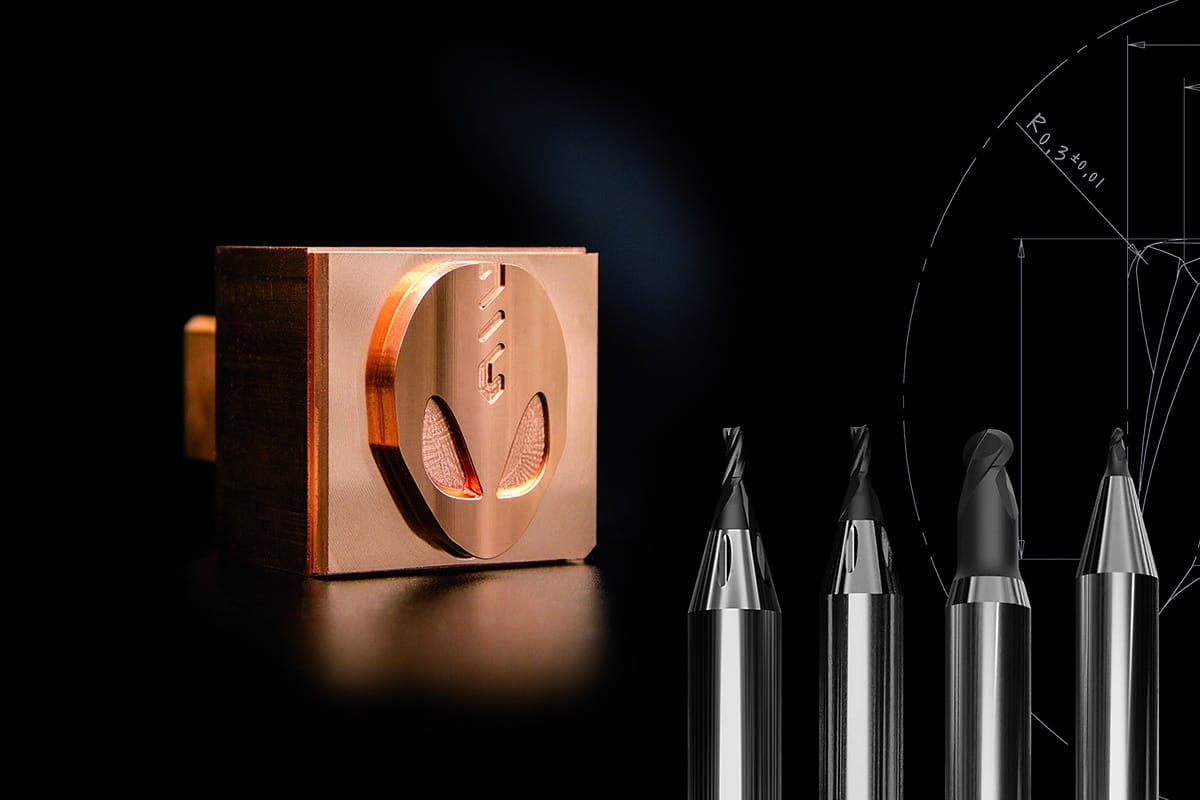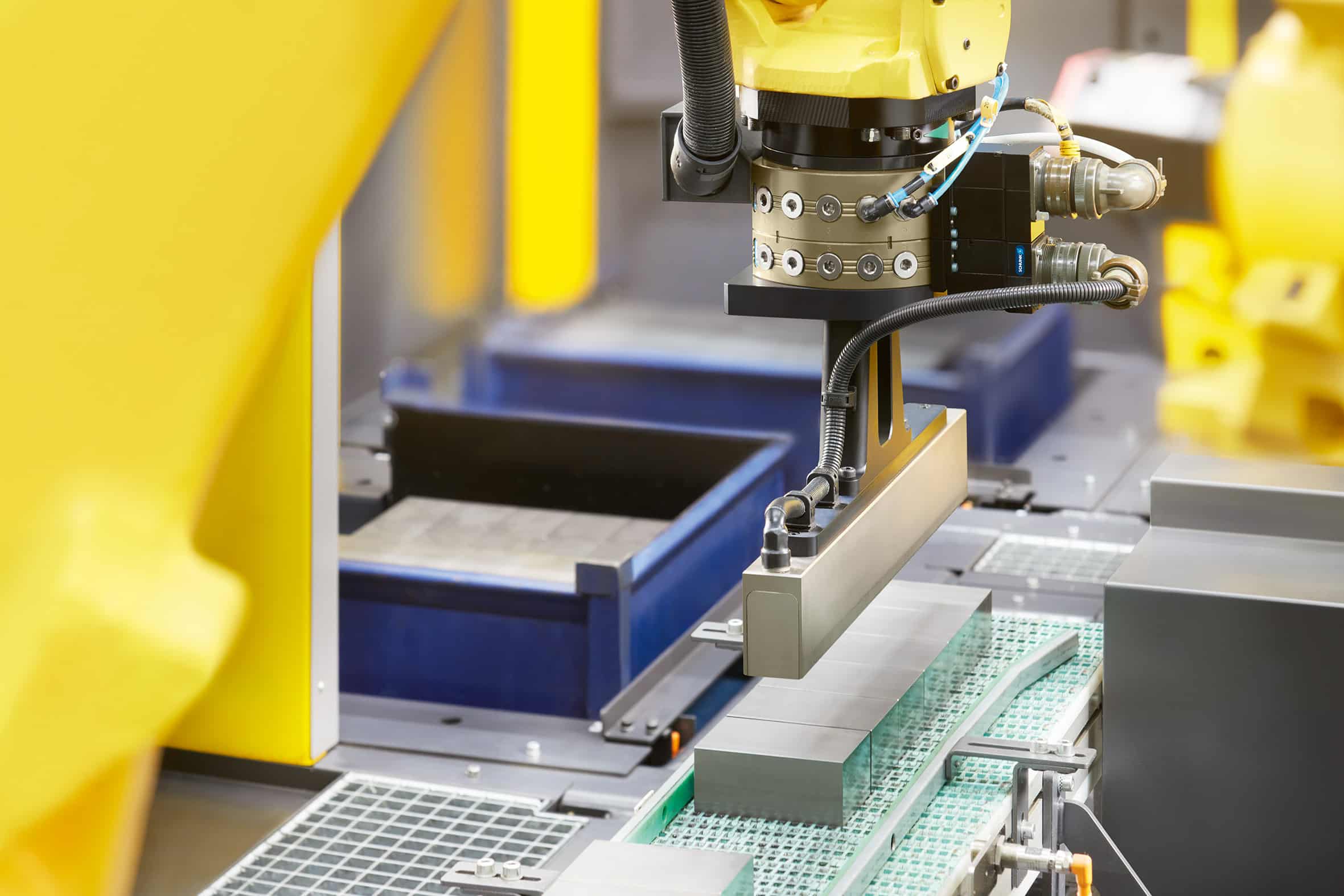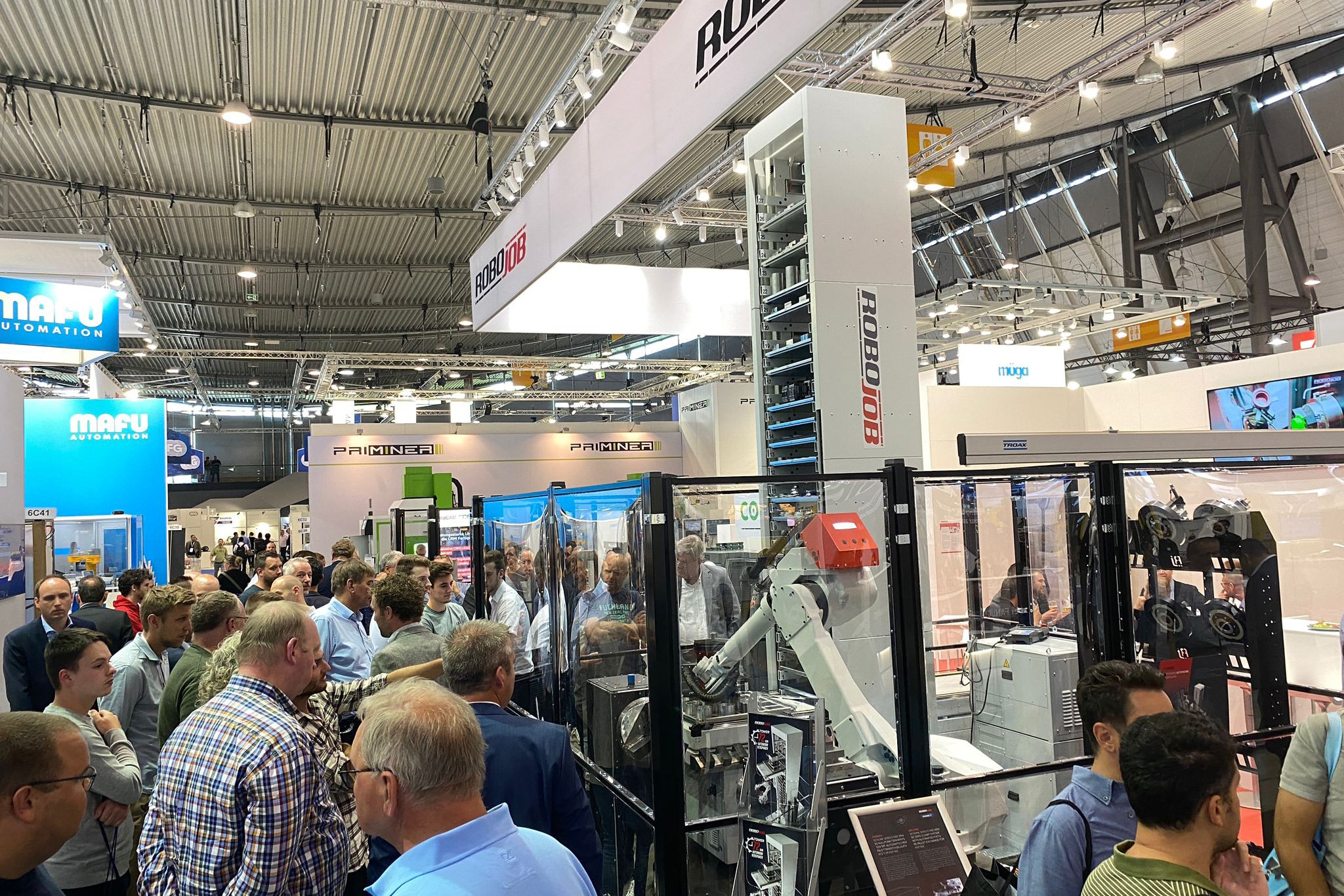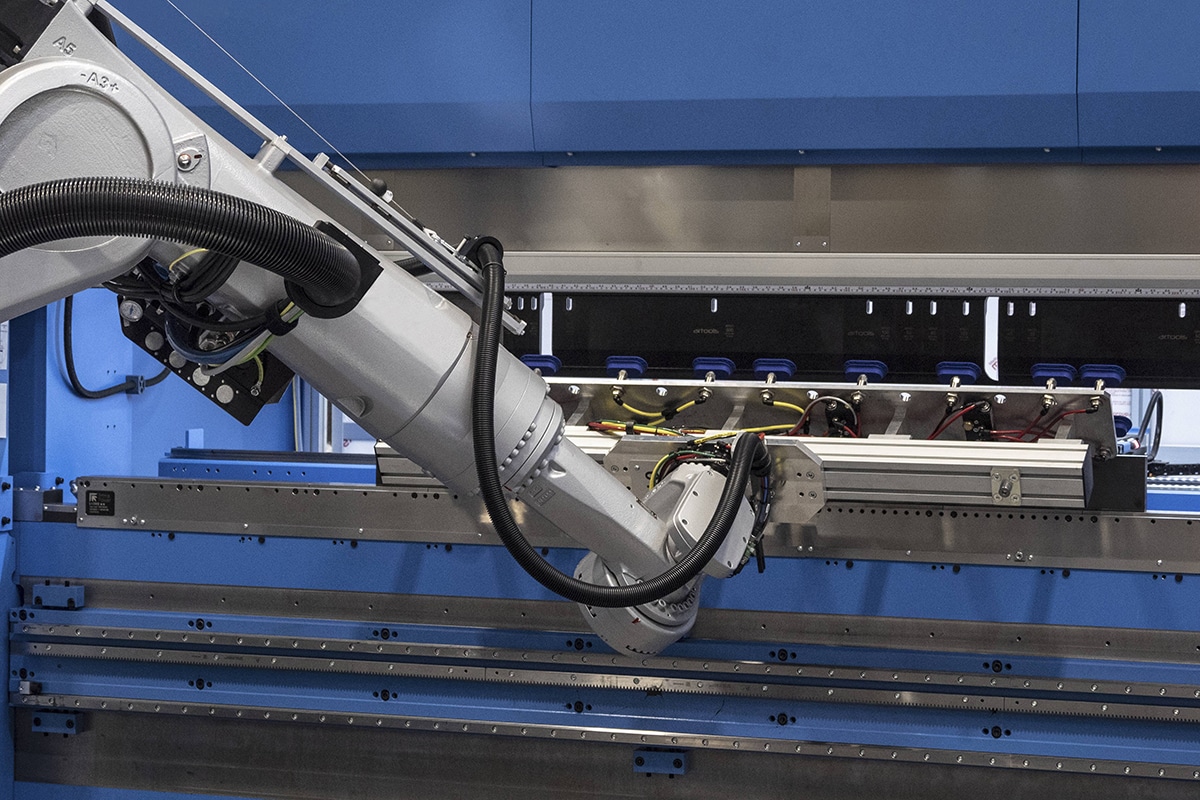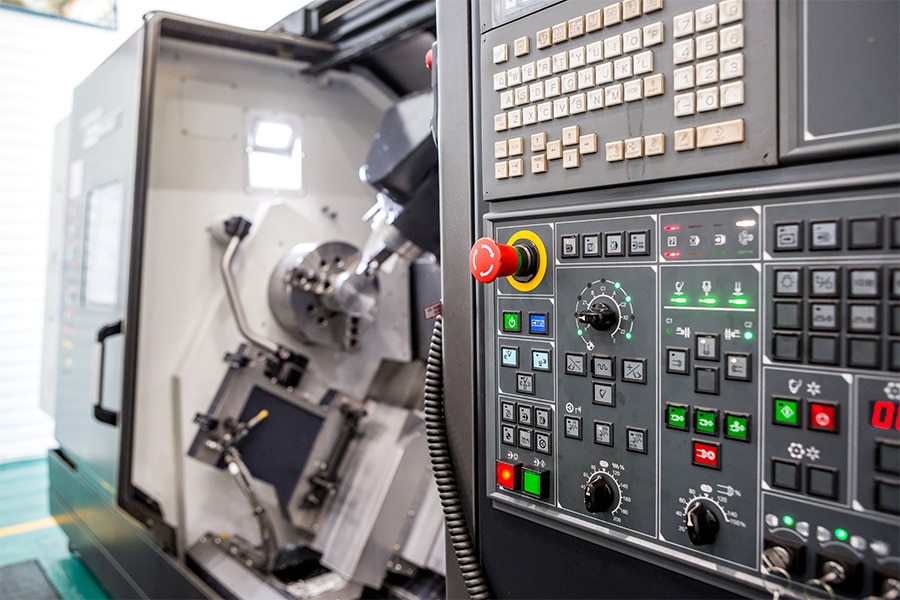
Link between programming and tool management increases efficiency
Knowledge retention and reliability are essential for metalworking companies that want to be and remain successful. Yet in today's market, retaining employees with knowledge is far from a given. Software that features a seamless link between programming and a tool management system can help.
Just the output of a CAD CAM system is not enough for an efficient operation, argues Michel Peters of TopSolid. "Yet that is what many entrepreneurs in the metal and steel processing industry still assume. That output is important, but there must be a continuous knowledge sharing where auxiliary tools for production are concerned, between what someone comes up with and what someone else needs to make the product. A good linkage and data exchange makes an operation more efficient and faster while also improving reliability."
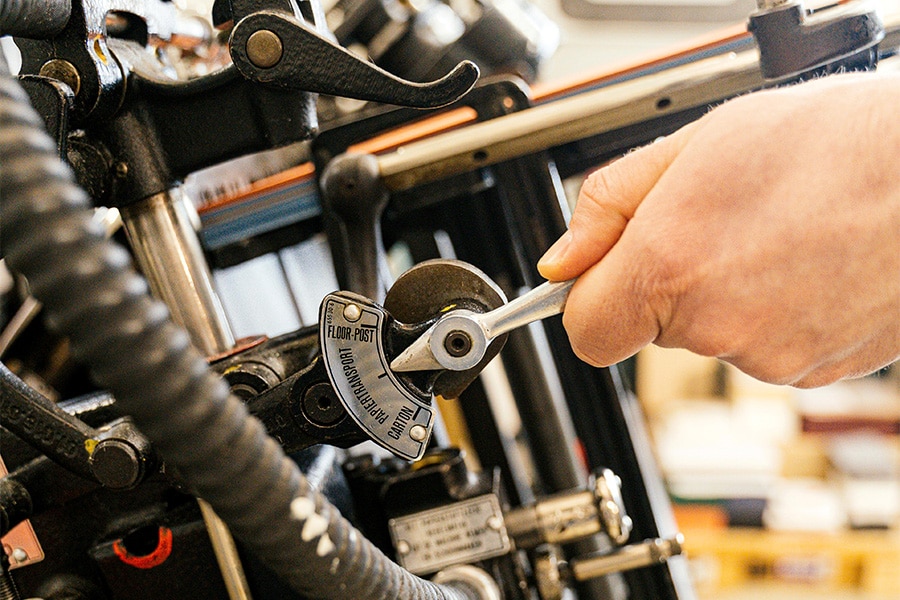
Securing knowledge in systems
It takes months, if not years, for customers to see a manufacturer as reliable. Especially in a rapidly changing world where customers leave for competitors after one mistake. "Securing quality and reliability is extra difficult now, good employees are scarce and attractive to other companies. As a manufacturer, you don't want them to leave and especially not want staff to take the knowledge of the processes and required tools with them. Therefore, it makes sense to secure that knowledge in systems, such as in the CAD CAM system. Larger companies did this before, now SMEs are starting to make that move as well. That's good to see!" says Peters with satisfaction.
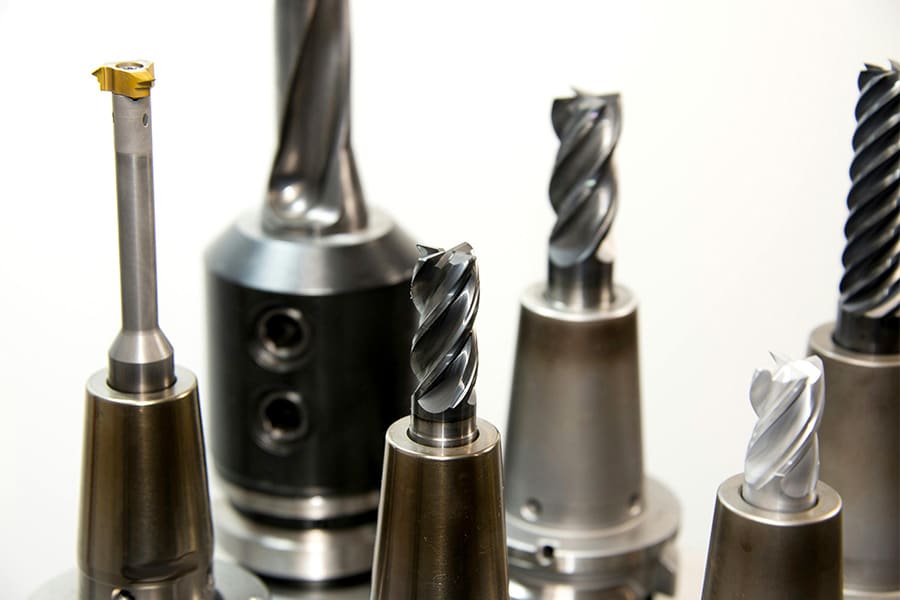
Knowing what tools are in the workshop or machine
There are not one, but several reasons to secure employee knowledge in software systems, according to Peters. "The person programming must know what auxiliary tools are needed and whether they are in the workshop. If the latter picture is not sharp, the chances of ordering tools unnecessarily are too high. An order requirement automatically rolls out of the system anyway. If the programmer does have sufficient knowledge, then this will affect the workshop. Someone looking for tools together knows exactly what is needed and where it is. In a compartment of a drawer or still in a machine. That clarity also helps the operator." Measured tool values are automatically written into the machine's control system. The application sees if there is a match between the tool requirement and what is already in a machine and subtracts it from the requirement.

Automation leads to broader staffing
A good link between the moment of programming and tool management is essential for companies that want to work faster and more reliably. Without depending on someone with all the knowledge in his or her head. If a company works in this way, it is also possible to use colleagues to perform intermediate operations. Peters: "So a machine can run faster and more often, simply because the system takes work off your hands and has an overview. You can work with more people in the preparation process. In fact, you can have a machine make curls and make money."
Save time
The metal and steel processing industry needs a well-qualified workforce. With none or less available, more and more companies are moving to CAD CAM and tool management systems that provide the desired support, especially those applications with integration between the programming and tool management steps. Peters continues: "Preparing tools, sometimes as many as fifty or sixty, takes as little as five minutes each. That's time during which a machine stands still. Without software tools, it is constantly searching for the best solution. In addition, as a manufacturer you want to be and remain reliable, even if experienced personnel take jobs elsewhere."
